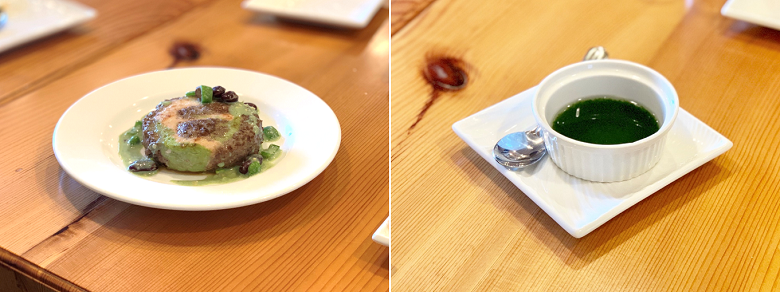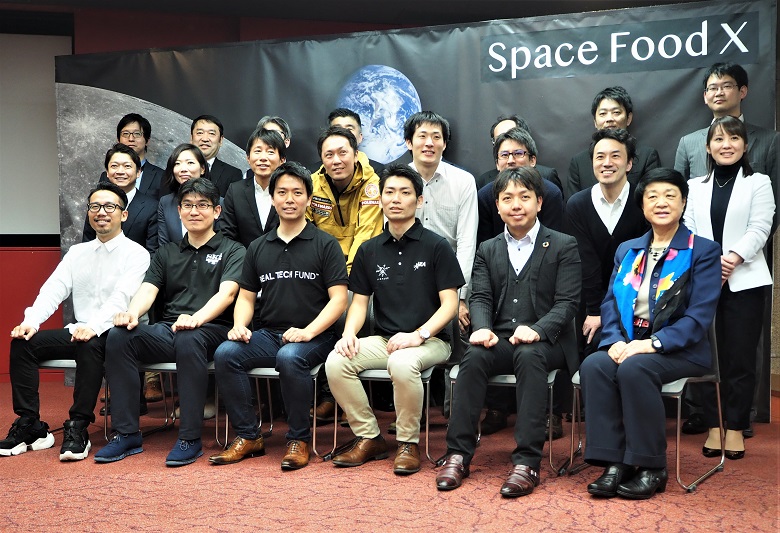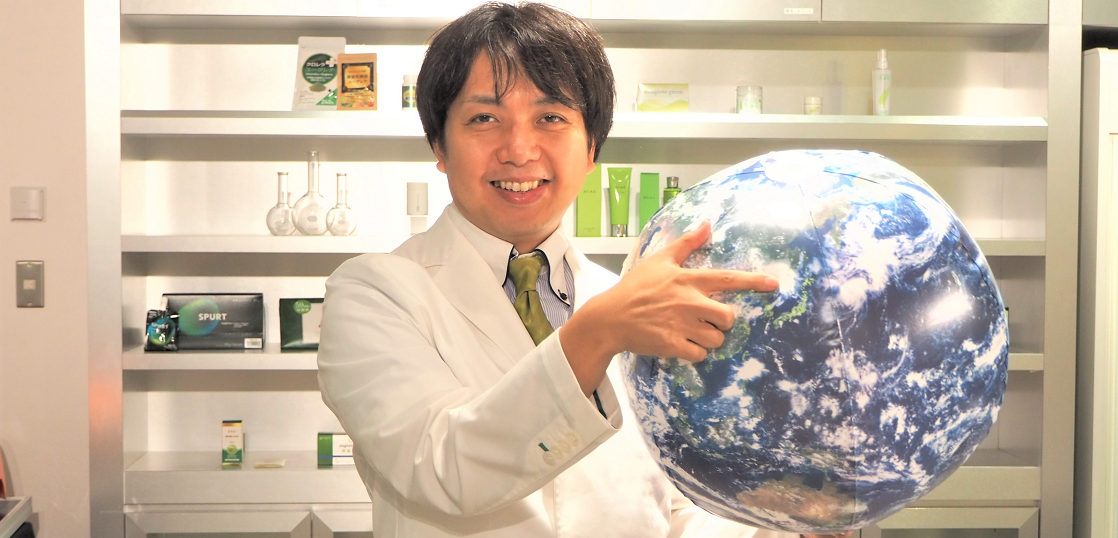Space development is drawing attention now.
Among them, various companies have entered and are revitalizing space food.
It is said that 1,000 people will live on the moon in 2040, and the theme of concern is "what kind of food can people eat in space?"
Regarding the future of food in space, Dr. Suzuki, a doctor of agriculture / medicine, talks about the possibility of space food using Euglena!
Is the relationship between the universe and Euglena old?
-I don't have the image that Euglena and the universe are so connected.
Suzuki: Is that so? In fact, much research has been done on culturing Euglena in space. Since the 1970s, NASA has been conducting research on culturing green worms in outer space, and in Japan, Professor Emeritus Nagahisa Nakano of Osaka Prefecture University is conducting research on culturing green worms in an environment that assumes outer space. ..
-NASA was also doing research, wasn't it? Why are everyone interested in culturing Euglena in space?
Suzuki: There are two main reasons.
One is that there is a biological question about how cell division occurs in weightlessness, and Euglena is suitable for investigating it.
The other is that when human beings live in space, they are also attracting attention as players who support the human diet.
Euglena realizes space food 3.0
-When you think of supporting the human diet, you think of vegetables and meat, but why is Euglena?
Suzuki: That is because Euglena has 59 kinds of nutrients of vegetable and animal origin, so you can ingest well-balanced nutrients at once, and productivity per space is higher than other plants and animals. That's because productivity means that the required amount x n people have a large number of n in the same area.
In addition, radiation called cosmic rays is pouring into space, but Euglena is resistant to cosmic rays * 1.
* 1: Studies by the Japan Atomic Energy Research Institute and the National Institute of Radiological Sciences have shown that Euglena has radiation resistance, and even the most lethal radiation does not affect growth.
― Certainly, if you want to grow plants and animals big, you need a lot of time and a lot of resources such as water.
Suzuki: That's right. Algae including Euglena grow by photosynthesis with light, water, carbon dioxide, nitrogen, phosphorus and other nutrients, but because they do not have stems or trunks, they are produced per space compared to plants such as general vegetables. Excellent from a sexual point of view. In addition, Euglena is also characterized by its rapid growth rate, which doubles in a day if the environment is prepared.
It was said that it grows by photosynthesis, which means that it absorbs carbon dioxide and produces oxygen, so it is of course a source of oxygen necessary for humans to live.
Space food 3.0?
-By the way, when you think of space food, you think of it as something packed in a container like a jelly drink. Do you also bring Euglena from the earth?
Suzuki: JAXA is now advocating the idea of space food 3.0. This is local production for local consumption in space, producing and consuming food in space. Until now, space food has been centered around so-called "space food 1.0," which brings food cooked from the earth as you asked. From now on, we need space food 2.0, which brings ingredients from the earth and cooks them in space, and space food 3.0, which realizes local production for local consumption in space.
Therefore, Euglena also aims to bring the minimum number of strains to space and grow them in space.

Realization of food circulation centered on Euglena and humans
-When it comes to local production for local consumption of Euglena in space, should only Euglena be brought into space?
Suzuki: No, you need water to grow Euglena. It depends on which star you grow it on, but if you don't have water, you need to bring it from Earth. About 400 liters of water, about two drums, is needed every day to make Euglena for one person.
-I've seen the news that there may be water on the Moon and Mars.
Suzuki: If there is water on the moon or Mars, I think we can use that water. It is said that 1,000 people will live in the moon in 2040, and if the water and sunlight of the moon can be used, the rest is to cultivate the human worm by utilizing the carbon dioxide and excrement emitted by humans. I wonder if it can be done.
Space Food X!
―Since March, you have been participating in the JAXA x Real Tech Fund "Space Food X". What are you going to do?
Suzuki: First of all, I want to make space food fun and healthy with Euglena. Against this background, in addition to creating a circulating environment with humans based on the growth of Euglena as I have talked about, we can make space food using Euglena more enjoyable while collaborating with other ingredients. We plan to consider doing so.
From the perspective of dietary entertainment, I would like to create variations of Euglena space food.

-It's delicious and fun, and I'm looking forward to Euglena in space.
Suzuki: Yes, I hope you will look forward to it along with your trip to the moon.

Euglena Executive Officer in charge of R&D at Corporation
SUZUKI Kengo
Graduated from the University of Tokyo, Faculty of Agriculture, majored in biological system engineering, founded Euglena Co., Ltd. in August 2005, and became a director and general manager of the R&D Department. In December of the same year, we succeeded in the world's first large-scale cultivation of the microalgae Astragalus (scientific name: Euglena) outdoors for food. Received a doctorate in agriculture from the University of Tokyo in 2016. While engaged in research on the utilization of microalgae astragalus and other algae, he is also engaged in research aimed at developing the production of biofuels derived from green beetles.
Winner of the Tokyo Metropolitan Venture Technology Grand Prize (2010), and co-authored "Culture Technology for Mass Production and Commercialization of Microalgae" (Information Organization of Japan, Inc.).

